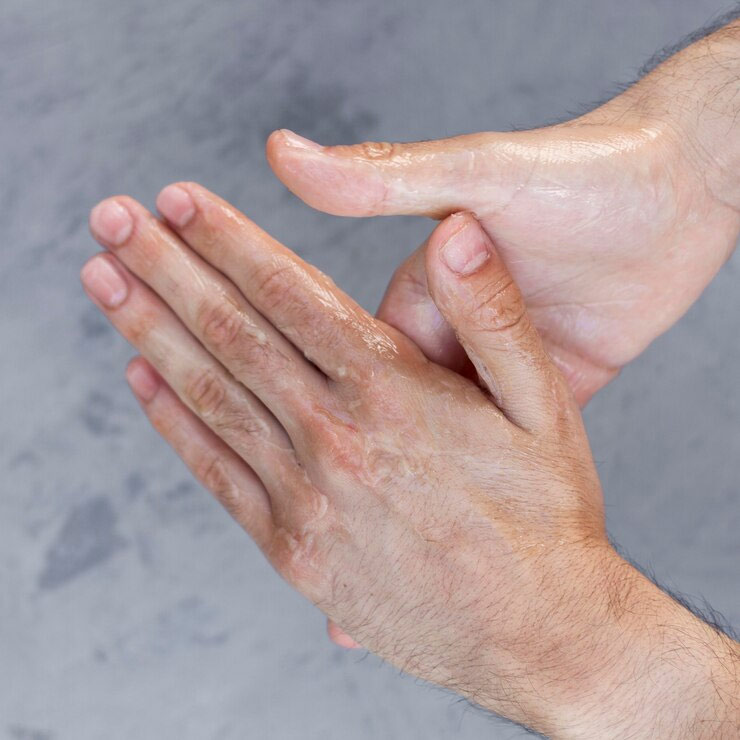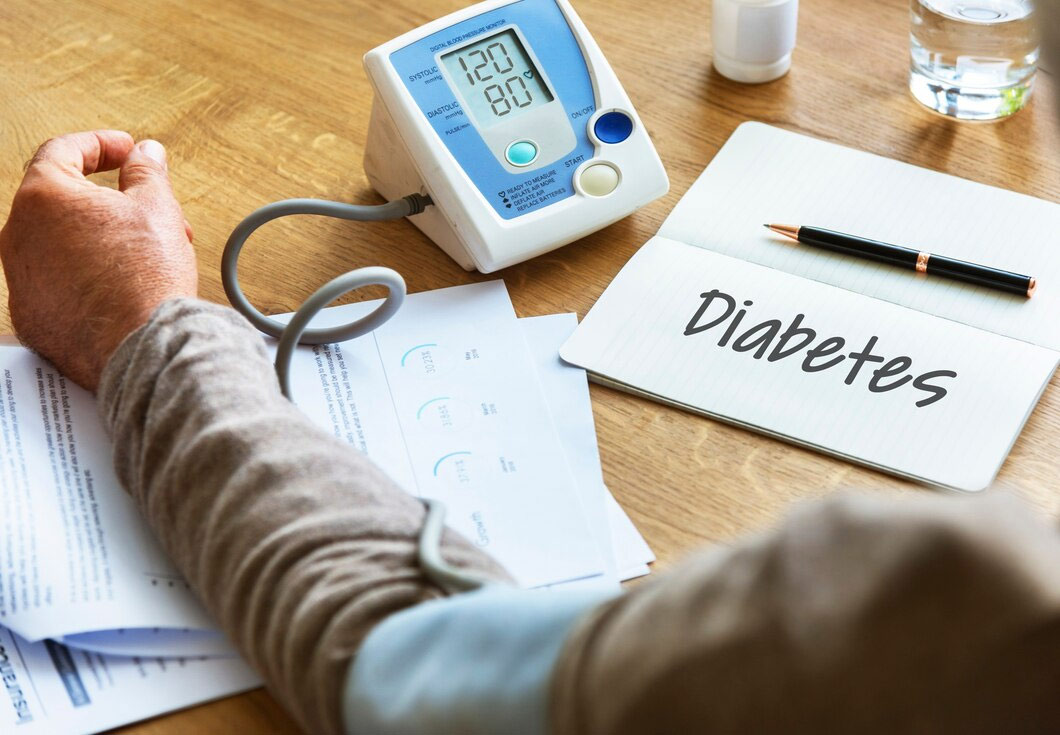
Are you someone who gets nervous about shaking hands with others because your palms sweat excessively? Have you ever found yourself sweating a lot, even when it's not hot or you're not doing any strenuous activity? This could be a result of a medical condition known as palmar hyperhidrosis, which may be affecting your daily life. We spoke to our expert Dr Somnath Gupta, Consultant Physician and Diabetologist, Yashoda Hospitals, Hyderabad, who explained the causes, risk factors, diagnosis, and how to treat the condition.
Table of Content:-

Dr Gupta said, “Palmar hyperhidrosis, commonly referred to as sweaty palms, is a medical condition characterised by excessive sweating of the palms. This condition can be not only physically uncomfortable but also socially and emotionally distressing for those who experience it.”
According to Anais Brasileiros de Dermatologia (ABD), it is a condition observed in as many as 3% of the population. It impacts the quality of life significantly, disrupting their work, daily routines, social engagements, and recreational pursuits, while also potentially leading to emotional and psychological distress.
Causes Of Palmar Hyperhidrosis
Dr Gupta said, “The exact cause of palmar hyperhidrosis is often idiopathic However, it is believed to be related to overactive sweat glands and may have a genetic component. Also, emotional triggers, stress, and anxiety can exacerbate the condition.”
Complications Of Palmar Hyperhidrosis
Dr Gupta added that sweaty palms can lead to a range of complications, which include the following:
- Skin maceration (softening)
- Fungal or bacterial infections
- Unpleasant odour
- It can negatively impact one's quality of life, causing embarrassment and anxiety in social situations
Also Read: From Night Sweats To Pain: Expert Lists Warning Signs Of Lymphoma You Should Watch Out For
Risk Factors For Palmar Hyperhidrosis

Dr Gupta listed the risk factors for palmar hyperhidrosis as follows:
- Family history of the condition
- Hormonal changes
- Having medical conditions, such as hyperthyroidism or diabetes
How To Diagnosis Palmar Hyperhidrosis
Dr Gupta highlighted, “Diagnosing palmar hyperhidrosis typically involves a medical history review and a physical examination. In some cases, additional tests like the starch-iodine test or thermoregulatory sweat test may be performed to quantify the extent of sweating. It's crucial to rule out any underlying medical conditions that could be contributing to excessive sweating.”
Also Read: Hot Flashes At Work? Here Is How You Can Manage It
How To Treat Palmar Hyperhidrosis

Dr Gupta said, “Treatment options for palmar hyperhidrosis can vary depending on the severity of the condition.” Here are some common approaches:
- Antiperspirants: Over-the-counter or prescription-strength antiperspirants with aluminium chloride can be applied to the palms to reduce sweating.
- Iontophoresis: This non-invasive procedure uses a low electrical current to temporarily block sweat gland activity in the palms. According to ABD, the main drawback of this approach is that it requires frequent treatment. You have to spend 30 to 40 minutes every day in the affected area, at least four times a week.
- Medications: Certain medications like anticholinergics or antiperspirant creams can be prescribed to manage excessive sweating.
- Botox Injections: Botulinum toxin injections can provide temporary relief by blocking the nerve signals that trigger sweating.
- Surgery: For severe cases, surgical procedures like sympathectomy may be considered, which involves cutting or clamping the sympathetic nerves that control sweating.
- Lifestyle Modifications: Managing stress, staying cool, and avoiding triggers can help reduce symptoms.
[Disclaimer: The information in this article is shared by a registered healthcare professional and is for informational purposes only. Hence, we advise you to consult your expert if you notice these symptoms for an early treatment.]
Also watch this video
Read Next
World Polio Day 2023: Expert Talks About The Current Scenario Of Polio In India and Way Forward
How we keep this article up to date:
We work with experts and keep a close eye on the latest in health and wellness. Whenever there is a new research or helpful information, we update our articles with accurate and useful advice.
Current Version